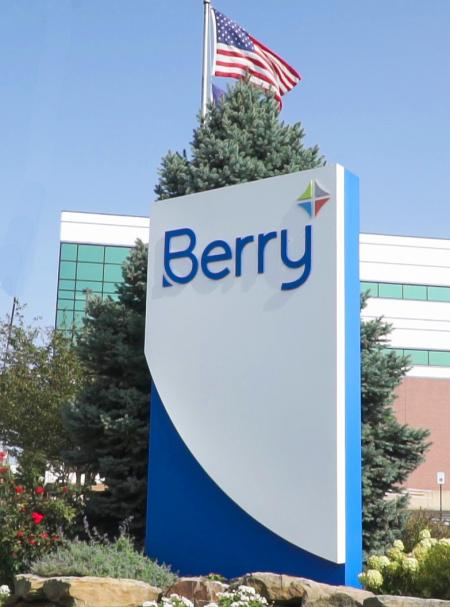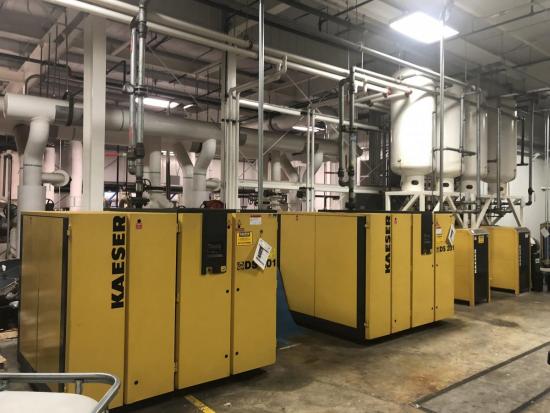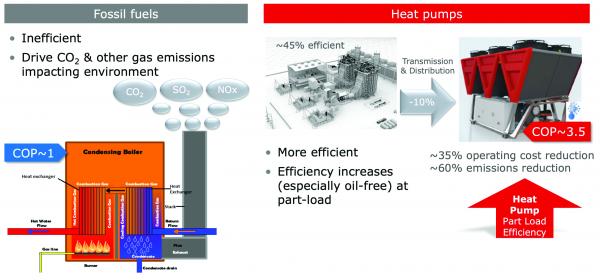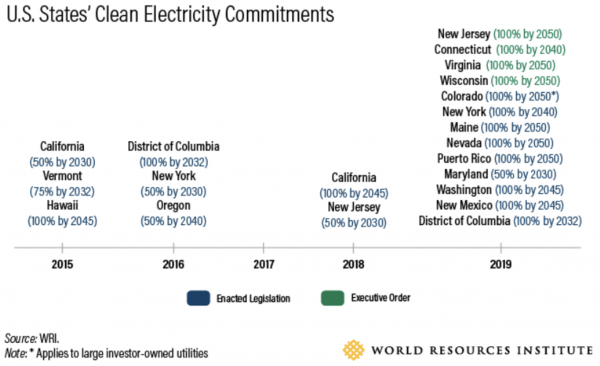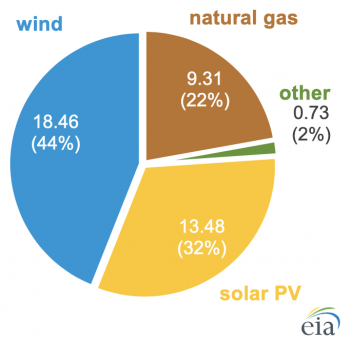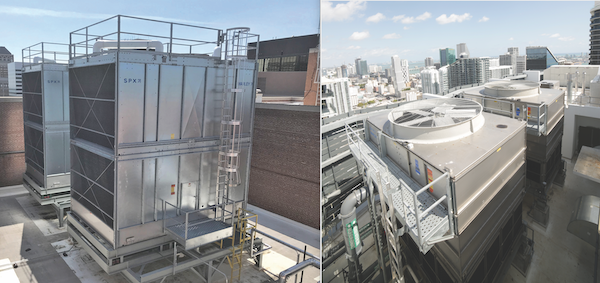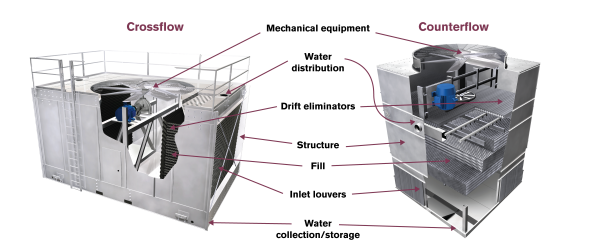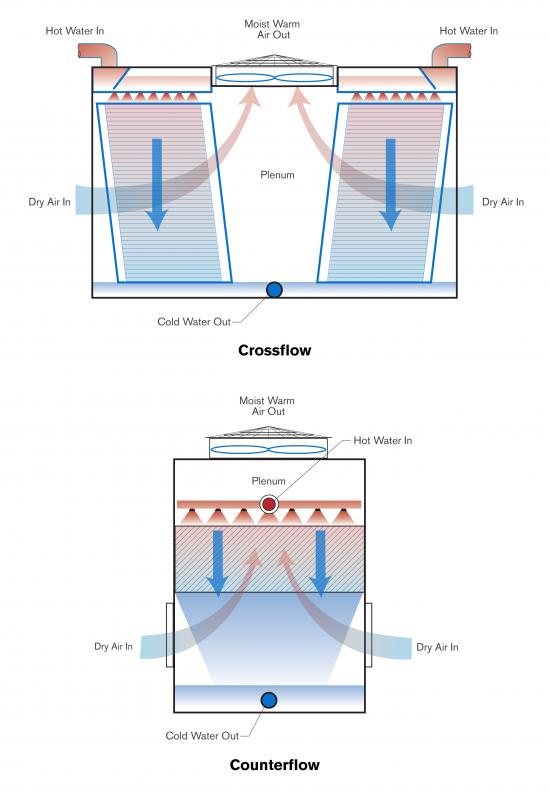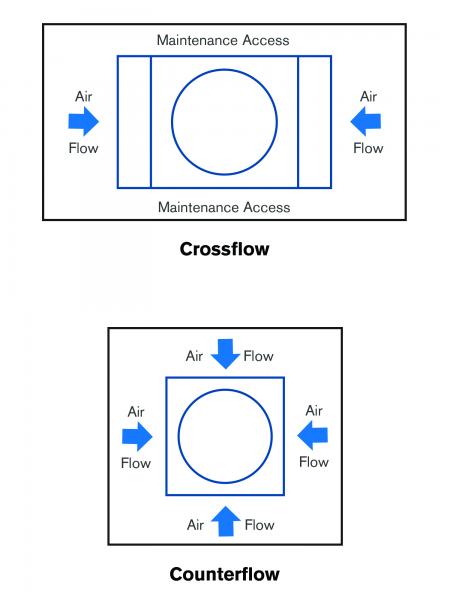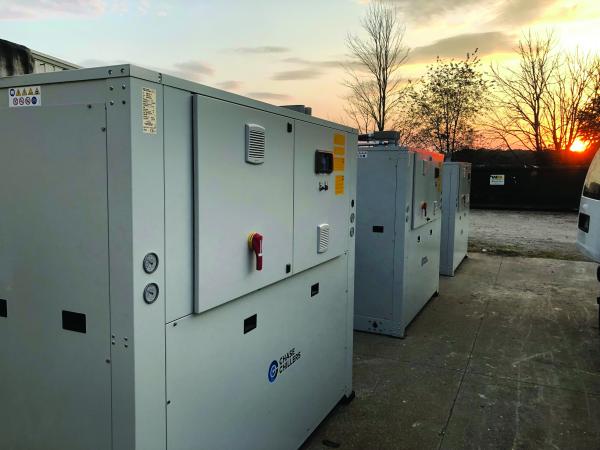The University of Cincinnati (UC) is a state-supported institution of higher learning and a public research university, founded in the early 1800s and the proud home of the UC Bearcats. The University serves over 47,000 undergraduate and graduate students, including 12,000 employees across the UC campus that spans over 200 acres and is located in the greater Cincinnati metropolitan area. UC operates two central utility plants (east and west) that serve the overall UC campus and also support six area hospitals.
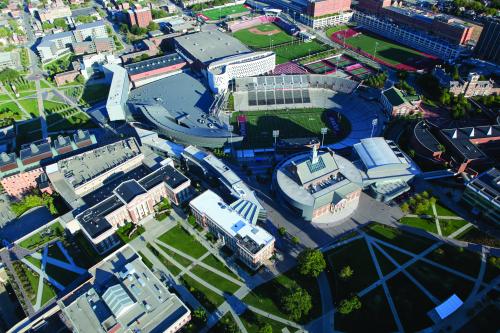
Like many universities across America, The University of Cincinnati had a major challenge having to operate aging central utility plants with older technology, reduced efficiencies and capacities, with chilled water equipment at the end of its service life. Even so, UC needed to maintain plant operations under diverse load conditions, including critical hospital utility demands that are currently expanding and in daily periods subject to energy tariff.
UC’s overall strategy was to develop a multi-year utility plant modernization program, with goals to maximize operational performance, increase efficiencies, recapture lost capacities, reduce peak electric demand and improve operating flexibility through high-performance, oil-free chiller technology and planned optimization strategies.
The critical factors for UC’s chiller solution included:
- Enhanced operational flexibility
- Increased central plant efficiency
- Ability to operate chillers at low loads
- Expanded redundancy
- Ease of installation
- Reduced downtime and maintenance
The University turned to Smardt Chiller Group, the global leader in oil-free, magnetic-bearing centrifugal chillers, and achieved a 32% reduction of kWhr in the new chillers' energy needs compared to the previous unit. This reduction primarily stems from the performance of the chillers’ Danfoss Turbocor® Oil Free Variable Twin Turbo (VTT) compressors that significantly increased production efficiencies and capacities while reducing maintenance costs. The compressors provide enhanced redundancy safeguards and part-load operation while reducing maintenance costs and streamlining management of equipment with a 30+ year service life.
To replace the aging 5,200-ton unit, UC ordered the first two of three Advanced Technology 2,400-ton Magnetic Bearing V Class Chillers from Smardt. The need was particularly urgent because the University’s chiller fleet supplies chilled water to a campus HVAC system that also covers a network of six hospitals and research centers, and any drop in capacity could greatly affect the comfort of patients and personnel – and, most importantly, patient lives.

Subscription users only!
Subscribers are able to view the whole article. Please register/subscribe (it's free and easy) to read all articles.


